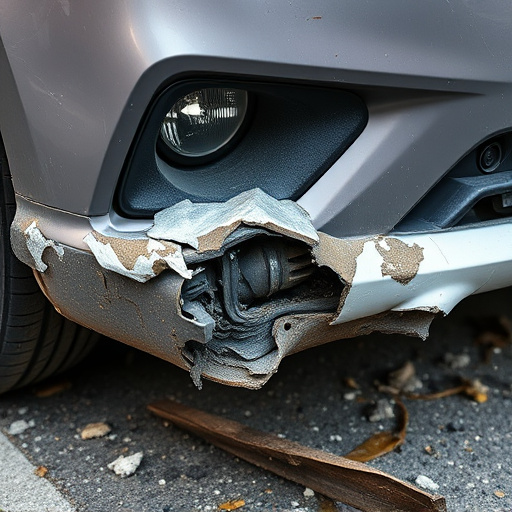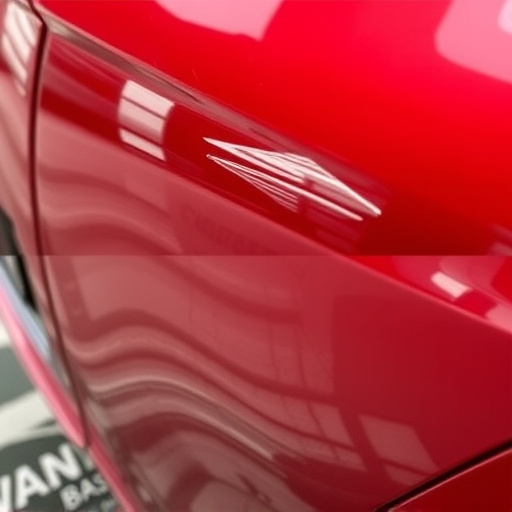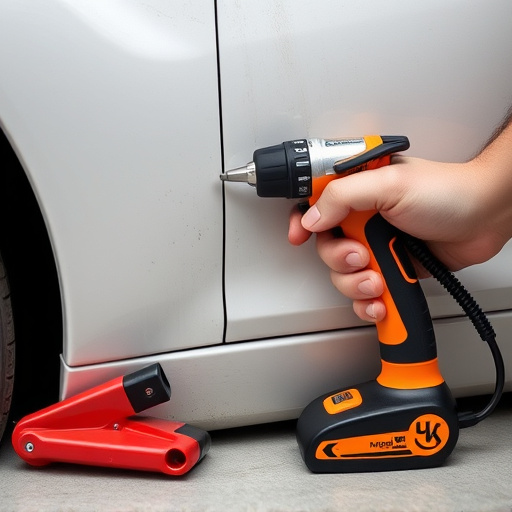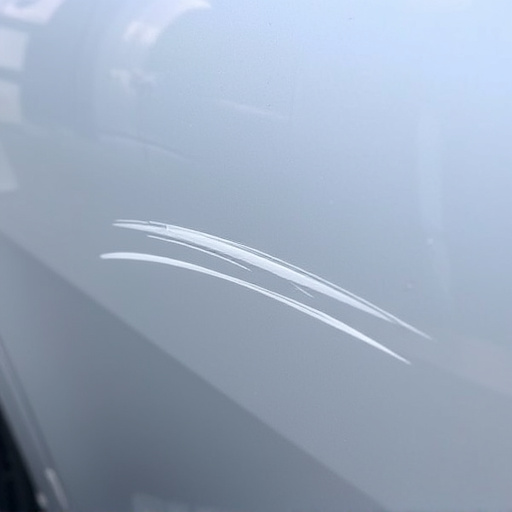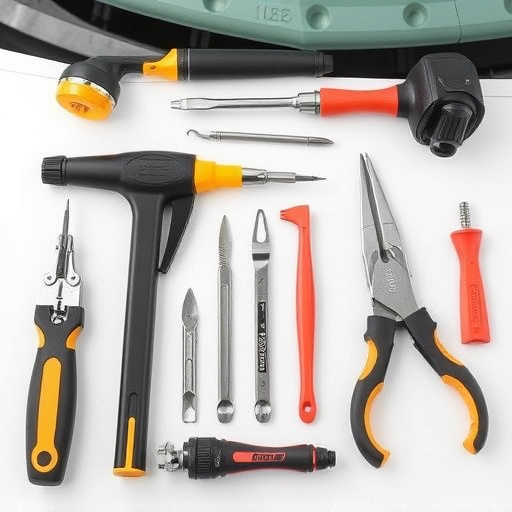The Tesla seatbelt pretensioner system is a vital safety feature that requires regular maintenance and proper resetting for optimal performance. Resetting involves a thorough diagnostic scan to check interconnected systems, ensuring safe and reliable operation. Post-reset issues like error messages or unexpected deployment may indicate faulty sensors or electrical problems, necessitating professional EV repair services for inspection and resolution to enhance safety standards.
Tesla vehicles are renowned for their advanced safety features, and the seatbelt pretensioner system is a critical component. When considering a Tesla seatbelt pretensioner reset, understanding the underlying electrical system is key. This article guides you through the process, from comprehending the complex seatbelt mechanism to performing essential electrical checks. We also offer troubleshooting tips for common post-reset issues, ensuring your vehicle’s safety system functions optimally.
- Understanding Tesla Seatbelt Pretensioner System
- Electrical Checks for Effective Reset Procedure
- Troubleshooting Common Issues After Reset
Understanding Tesla Seatbelt Pretensioner System

The Tesla seatbelt pretensioner system is a crucial safety feature designed to secure occupants during sudden stops or collisions. This advanced mechanism works in conjunction with the vehicle’s electrical system, using sensors and actuators to detect and respond to emergency situations. When activated, the pretensioners tighten the seatbelts instantly, minimizing the risk of injury by reducing the force of impact.
Understanding how this system operates is essential when addressing issues like a Tesla seatbelt pretensioner reset. The process involves comprehensive electrical system checks to ensure proper functionality. Regular maintenance and timely resets are vital to keep this life-saving technology in optimal condition, much like how auto body repairs and car paint services are essential for maintaining the structural integrity and aesthetic appeal of a vehicle.
Electrical Checks for Effective Reset Procedure

Performing a Tesla seatbelt pretensioner reset requires more than just a quick pull of a lever; it’s an intricate process that involves meticulous electrical system checks to ensure safety and reliability. Before initiating the reset, a comprehensive diagnostic scan is essential. This step is crucial as it allows auto repair services to identify any existing issues within the complex network of sensors, control modules, and actuators that govern the pretensioner mechanism.
The checks should encompass not just the primary components but also ancillary systems like airbags, crash sensors, and restraint control units. These thorough examinations ensure that all interconnected parts are functioning optimally, enhancing the effectiveness of the reset procedure. Proper execution of these checks not only facilitates a successful Tesla seatbelt pretensioner reset but also safeguards against potential safety risks associated with malfunctioning components, underscoring the importance of seeking reliable auto body repair and dent removal services when necessary.
Troubleshooting Common Issues After Reset

After performing a Tesla seatbelt pretensioner reset, it’s common to encounter specific issues that require further troubleshooting. One frequently observed problem is the persistent “Seatbelt Pretensioner Error” message, which may indicate a faulty sensor or a disconnection in the electrical system. These sensors are crucial for detecting rapid changes in vehicle dynamics during a collision, so any malfunction can trigger error codes and prevent proper pretensioner operation.
Additionally, if the seatbelt systems don’t deploy as expected following the reset, it could be related to issues with the pyrotechnic mechanisms or the electrical signals controlling them. In such cases, consulting professional automotive repair services specializing in electric vehicle (EV) repairs might be necessary. They can inspect the system for any signs of damage from a previous fender bender and ensure all components are functioning optimally, thus enhancing safety standards.
Resetting a Tesla seatbelt pretensioner requires a systematic approach, encompassing electrical system checks and troubleshooting common issues. By understanding the seatbelt pretensioner’s functionality and performing thorough assessments, owners can ensure a safe and effective reset process. This article has provided insights into each step, empowering Tesla enthusiasts to navigate any challenges associated with the Tesla seatbelt pretensioner reset successfully.
